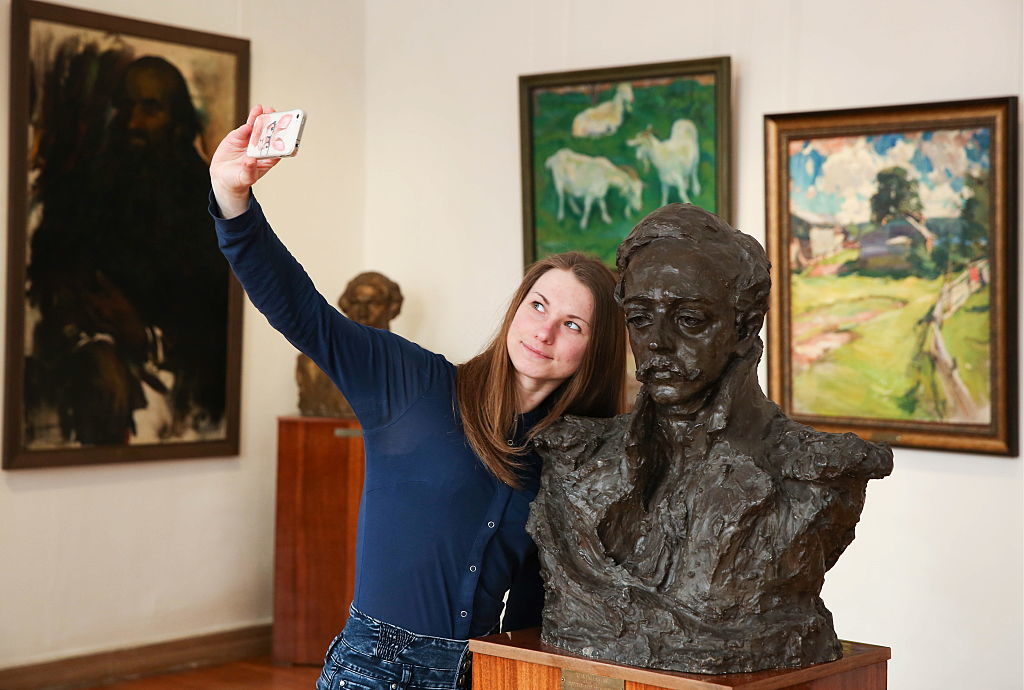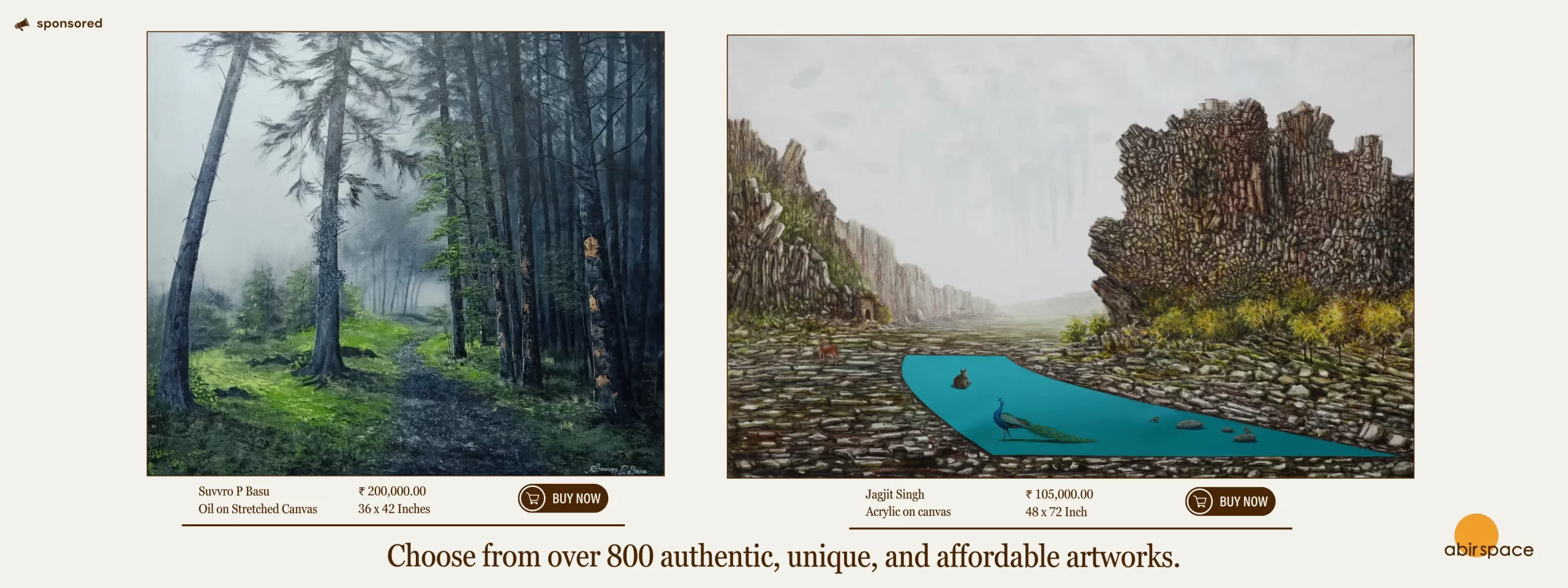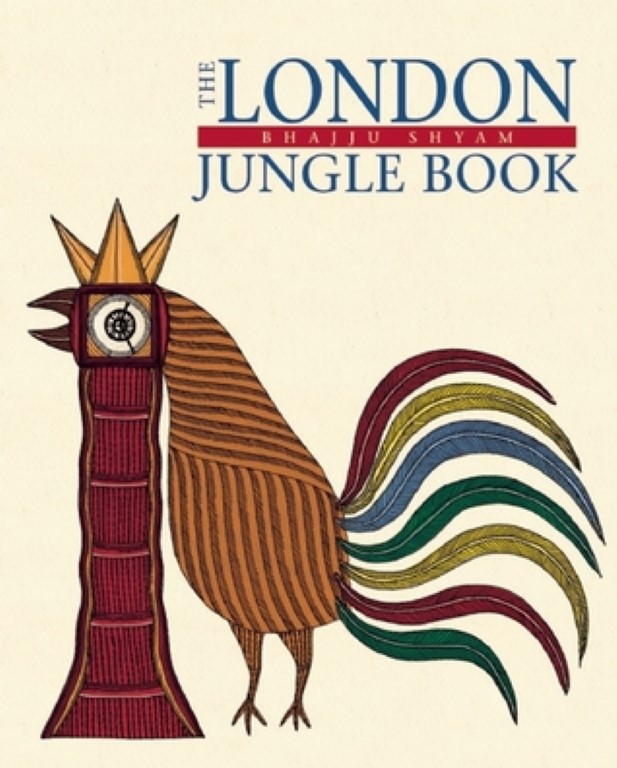In an age dominated by social media, the traditional museum experience is increasingly being reshaped by the pervasive influence of selfie culture. While museums have long faced threats to their collections from various sources, the rise of selfie-takers presents a unique and growing challenge that demands attention from museum administrators and insurers.

Robert Read, head of Fine Art and Private clients at the Hiscox insurance company, has highlighted the concerning trend of selfie-related incidents causing damage to museum artefacts to Hyperallergic. Although specific statistics on such incidents may be lacking, it is evident that the intersection of self-documentation and art appreciation poses a tangible risk to precious works. Notable examples, such as the destruction of a Jeff Koons sculpture at a Miami art fair and a Yayoi Kusama pumpkin sculpture damaged in a selfie mishap, underscore the seriousness of this issue.

In response to this threat, museum administrators and insurers alike are implementing measures to protect collections. Laura Doyle, senior vice president of Fine Art at Chubb, recommends the use of protective glazing and careful consideration of display methods for lent pieces. Furthermore, some institutions have taken proactive steps, such as banning selfie sticks or installing more robust barriers, to mitigate potential damage.
However, the challenge posed by selfie culture extends beyond physical preservation concerns. It also raises questions about the integrity of the museum experience itself. As Read points out, the incessant focus on self-documentation detracts from the genuine appreciation of art and disrupts the contemplative atmosphere of museum spaces. This shift towards a more self-centered engagement with art threatens to undermine the fundamental purpose of museums as repositories of cultural heritage and knowledge. In response to these changing dynamics, some venues have embraced the trend, catering specifically to selfie culture with immersive experiences like the Museum of Ice Cream or Meow Wolf. While these establishments may offer a different kind of artistic engagement, they represent a departure from the traditional museum model.
The proliferation of selfie culture presents a complex risk to cultural landscapes generally and museum collections in particular. Museums must strike a balance between the need to adapt to changing visitor expectations and the preservation of their artefacts as they traverse this new reality. Through the implementation of strategic measures and the promotion of a deeper appreciation for art beyond the social media platform, museums may effectively carry out their purpose in the era of digital distraction. Also, we have seen recently how the advent of conceptual exhibitions such as the Van Gogh 360 displays signifies a paradigm shift in the way people interact with art. Through cutting-edge multimedia experiences, these shows invite viewers to fully immerse themselves in the artist’s universe, going beyond the conventions of typical passive observation.
Feature image courtesy: Alexander RyuminTASS via Getty Images
11 of the Most Shocking Instances of Tourists Damaging Artworks Because of a SELFIE!






